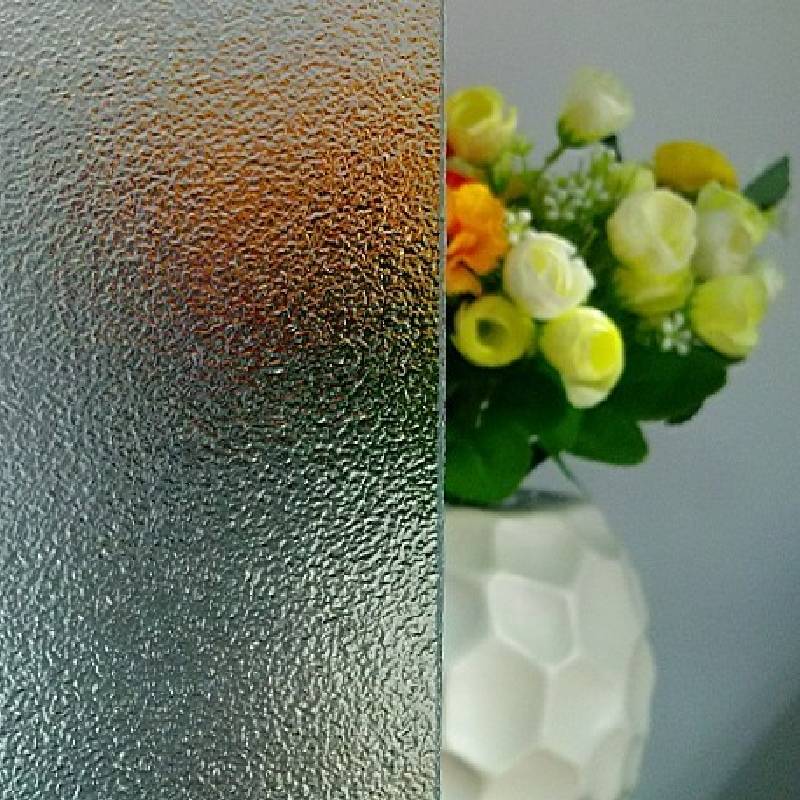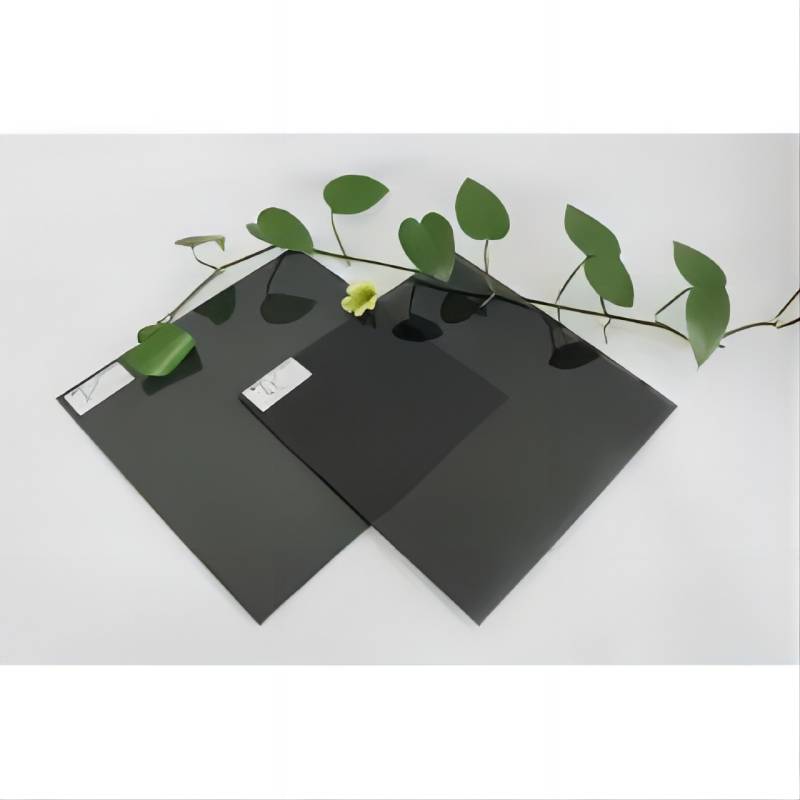Flat glass manufacturing is an intricate process combining advanced technology and precise craftsmanship. The technique has evolved over centuries, transforming the way we interact with architecture and technology. This article delves into the modern flat glass manufacturing process, emphasizing its innovative aspects and significance in delivering high-quality products.

The journey of flat glass begins with raw materials. Predominantly composed of sand (silica), soda ash, and limestone, these materials are meticulously selected for their purity. High-quality raw materials are essential, as impurities can introduce defects in the glass, affecting transparency and strength. The materials are mixed and transported to a furnace, where the temperature exceeds 1700°C.
Melting is a delicate phase. The mixture undergoes intense heat to dissolve and purify it further, ensuring consistency and homogeneity. This molten glass is then moved onto a float bed of molten tin, a revolutionary step introduced in the mid-20th century known as the float glass process. The glass flows over the tin bed, naturally spreading and forming a uniform thickness due to gravity and surface tension, creating a perfectly flat surface essential for modern applications.

Cooling and annealing are crucial to imparting strength and building resilience in the glass. As the flat sheet emerges from the tin float, it undergoes controlled cooling in an annealing lehr. This gradual reduction in temperature alleviates internal stresses, preventing spontaneous breakage during cutting or further processing and ensuring durability.
Cutting and inspection mark the transition from raw sheets to finished glass products. Precision cutting tools are employed to tailor the glass to desired dimensions. Following cutting, intensive inspection procedures are implemented to identify and remove any defects. Advanced technologies, like automated inspection systems, detect imperfections beyond human capability, guaranteeing product quality and compliance with industry standards.
flat glass manufacturing process
Environmental considerations are embedded throughout the flat glass manufacturing process. Energy efficiency and sustainability are prioritized, with newer facilities adopting cutting-edge recycling technologies to minimize waste. Innovations in batch compositions and furnace technology have significantly reduced emissions, meeting the stringent environmental regulations set by governing bodies.
One of the prominent applications of flat glass manufacturing is in the construction industry. The architectural glass produced is used in numerous applications, from windows and facades to interior decorative elements. Its ability to transmit natural light while providing insulation and security makes it a crucial component in modern building design.
In the consumer electronics sector, flat glass is critical for the production of touchscreens and display panels. The precision and clarity afforded by the float glass process ensure that the end products meet the high-definition requirements of today's digital world.
In summary,
flat glass manufacturing is a sophisticated blend of science and technology. The industry's commitment to quality, sustainability, and innovation ensures that flat glass continues to be a cornerstone material in diverse applications, bridging the gap between traditional craftsmanship and cutting-edge technology.
 Afrikaans
Afrikaans  Albanian
Albanian  Amharic
Amharic  Arabic
Arabic  Armenian
Armenian  Azerbaijani
Azerbaijani  Basque
Basque  Belarusian
Belarusian  Bengali
Bengali  Bosnian
Bosnian  Bulgarian
Bulgarian  Catalan
Catalan  Cebuano
Cebuano  Corsican
Corsican  Croatian
Croatian  Czech
Czech  Danish
Danish  Dutch
Dutch  English
English  Esperanto
Esperanto  Estonian
Estonian  Finnish
Finnish  French
French  Frisian
Frisian  Galician
Galician  Georgian
Georgian  German
German  Greek
Greek  Gujarati
Gujarati  Haitian Creole
Haitian Creole  hausa
hausa  hawaiian
hawaiian  Hebrew
Hebrew  Hindi
Hindi  Miao
Miao  Hungarian
Hungarian  Icelandic
Icelandic  igbo
igbo  Indonesian
Indonesian  irish
irish  Italian
Italian  Japanese
Japanese  Javanese
Javanese  Kannada
Kannada  kazakh
kazakh  Khmer
Khmer  Rwandese
Rwandese  Korean
Korean  Kurdish
Kurdish  Kyrgyz
Kyrgyz  Lao
Lao  Latin
Latin  Latvian
Latvian  Lithuanian
Lithuanian  Luxembourgish
Luxembourgish  Macedonian
Macedonian  Malgashi
Malgashi  Malay
Malay  Malayalam
Malayalam  Maltese
Maltese  Maori
Maori  Marathi
Marathi  Mongolian
Mongolian  Myanmar
Myanmar  Nepali
Nepali  Norwegian
Norwegian  Norwegian
Norwegian  Occitan
Occitan  Pashto
Pashto  Persian
Persian  Polish
Polish  Portuguese
Portuguese  Punjabi
Punjabi  Romanian
Romanian  Russian
Russian  Samoan
Samoan  Scottish Gaelic
Scottish Gaelic  Serbian
Serbian  Sesotho
Sesotho  Shona
Shona  Sindhi
Sindhi  Sinhala
Sinhala  Slovak
Slovak  Slovenian
Slovenian  Somali
Somali  Spanish
Spanish  Sundanese
Sundanese  Swahili
Swahili  Swedish
Swedish  Tagalog
Tagalog  Tajik
Tajik  Tamil
Tamil  Tatar
Tatar  Telugu
Telugu  Thai
Thai  Turkish
Turkish  Turkmen
Turkmen  Ukrainian
Ukrainian  Urdu
Urdu  Uighur
Uighur  Uzbek
Uzbek  Vietnamese
Vietnamese  Welsh
Welsh  Bantu
Bantu  Yiddish
Yiddish  Yoruba
Yoruba  Zulu
Zulu 


